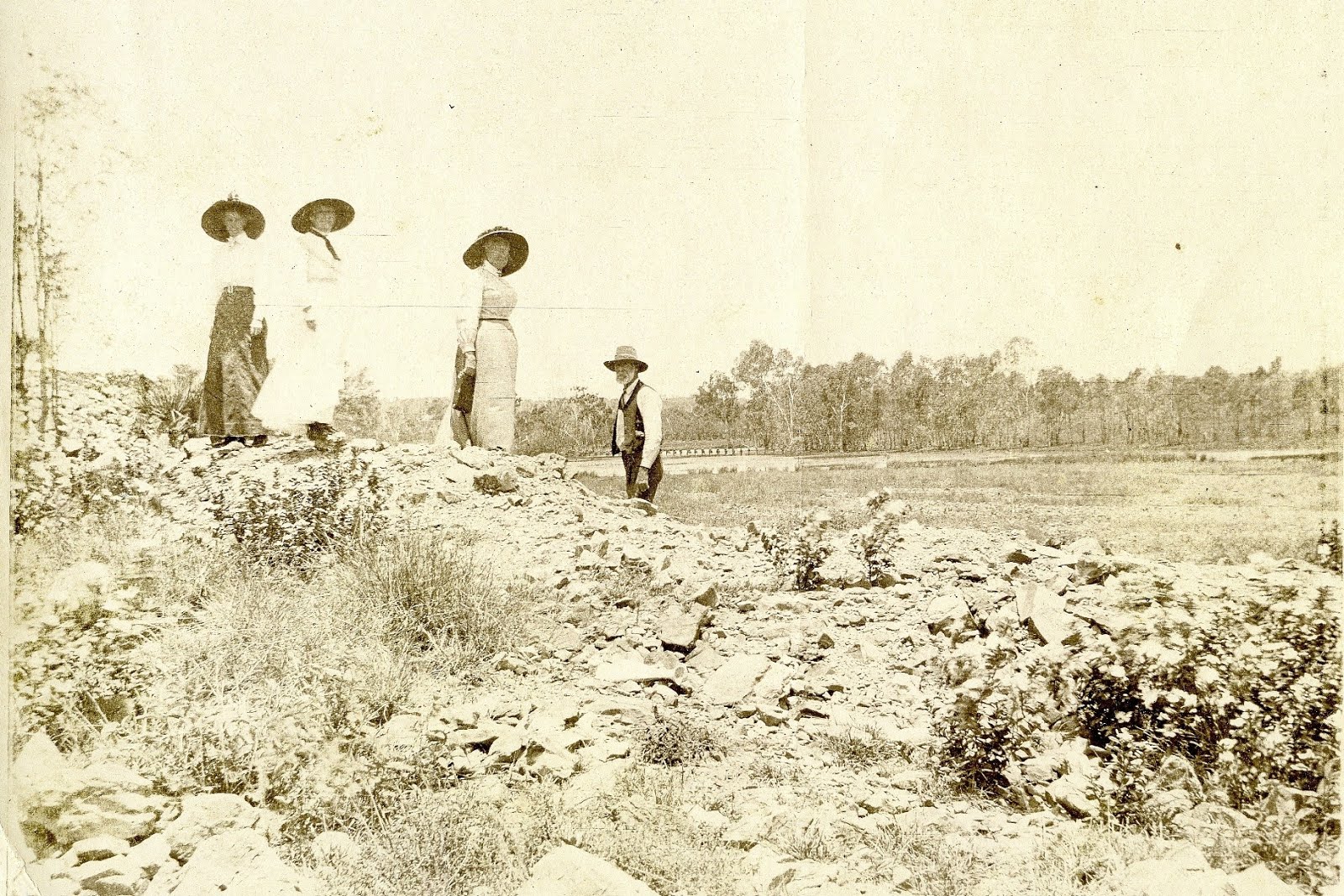 |
| Police party. Thomas Lawless, far left. Hare in the middle. Courtesy of Victorian Police Archives. |
When you read of the hunt for the Kelly Gang, it appears that the
police were going around in crazy circles. They were up against it from the start.
The policemen lacked any knowledge of the bush and the
large numbers of Kelly sympathisers kept the gang updated of police movements.
Only later, did Hare decide to use Aboriginal trackers from Queensland.
The seven
policemen who were in Hare’s party lived rough.
They were unable to pitch tents or build a campfire, so as to avoid
attracting attention. In the bitter cold of the Warby Ranges, a campfire would
have been a welcome relief. They woke
up every morning, usually covered in frost. Their food consisted of potted beef, biscuits and
sardines. They lived like this for weeks
on end. Morale wasn’t good.
As Superintendant Hare later admitted, ‘Ned Kelly knew
all of our movements in the Warby Ranges. He told of all our movements and
described the men.’
After his capture, Kelly told the police that he knew
even which police officer used to get the horses in the morning. He said it was always
Thomas Lawless. If they had wanted to, the gang probably could have wiped out
the police party. It would have been easy.
The hunt continued. In one incident, the police rode
across a house known to contain a group of Kelly informers. As they approached,
the people rushed out of the house calling the names of the Kelly Gang. When
the police got closer, the sympathisers realised it was the police and rushed
back inside.
Lawless approached the house from a
different direction, and in doing so, came across an informer who wasn’t in the
house. The man called out to Thomas Lawless, calling him Steve initially. The man had
mistaken Thomas for Steve Hart, who was a member of the Kelly Gang. Thomas and Hart apparently had a similar
physique.
Thomas Lawless was able to get out of the sympathiser
that the gang would be coming to the house that night. The police settled in
for the night, telling the people to
stay in the house. The sympathisers were warned that if they tried to leave the house they would be
shot. The people complied but decided to have a party. The noise created,
probably warned the Kelly Gang to stay away. Once again, the bushrangers had evaded
capture.
The police continued to go around in circles for sixteen
months and the Kelly continued to rob banks until the famous shootout at
Glenrowan. Thomas Lawless was in another
search party when Glenrowan occurred, but in the aftermath of publicity, he
became known as one of the best horse riders in Australia.
When British peer, Earl of Clan William, visited
Melbourne, Lawless and several other officers did a riding exhibition for him. The Earl
was so impressed that he presented Lawless with a gold watch ( sadly, later
stolen).
Lawless was shortly afterwards discharged from the police
for being drunk on duty and assaulting a superior officer. Well, the officer
had called Lawless an Irish Catholic bastard.
Thomas continued
doing riding displays but while preparing for one, he was thrown from the horse
and killed. He was only thirty-two.


















